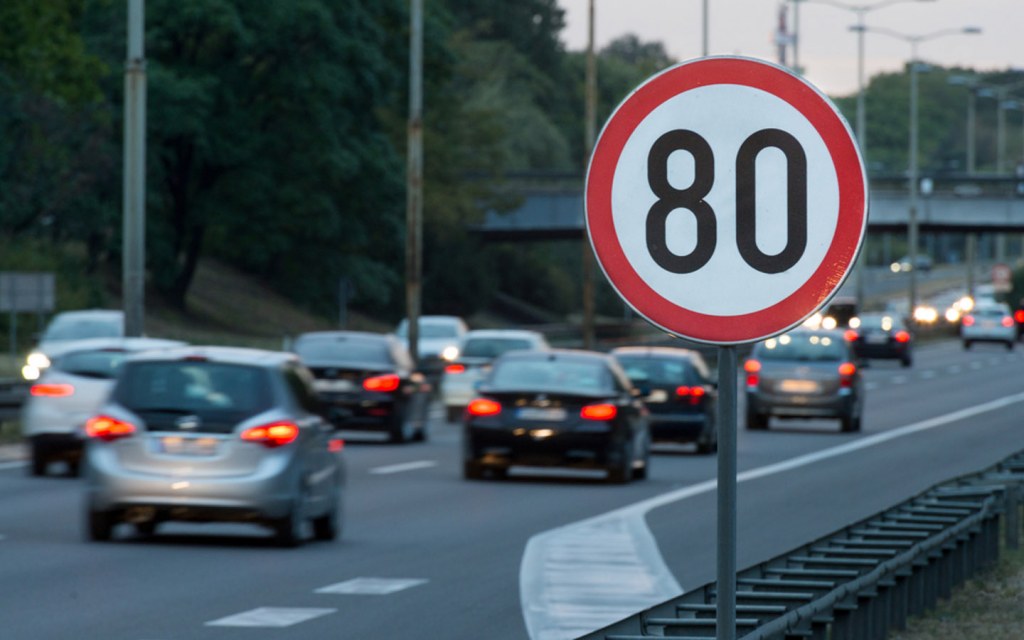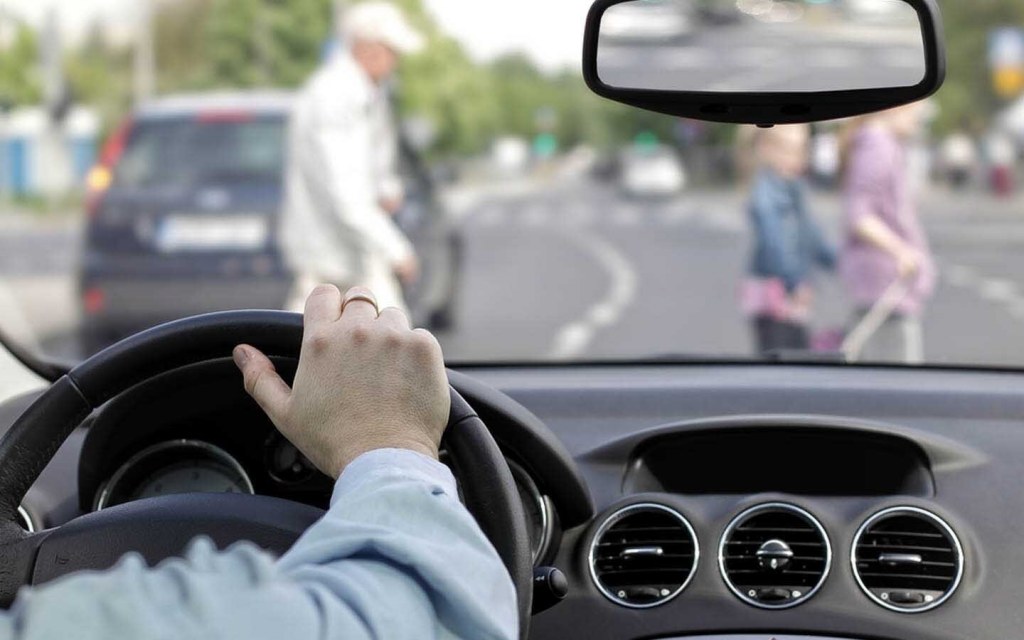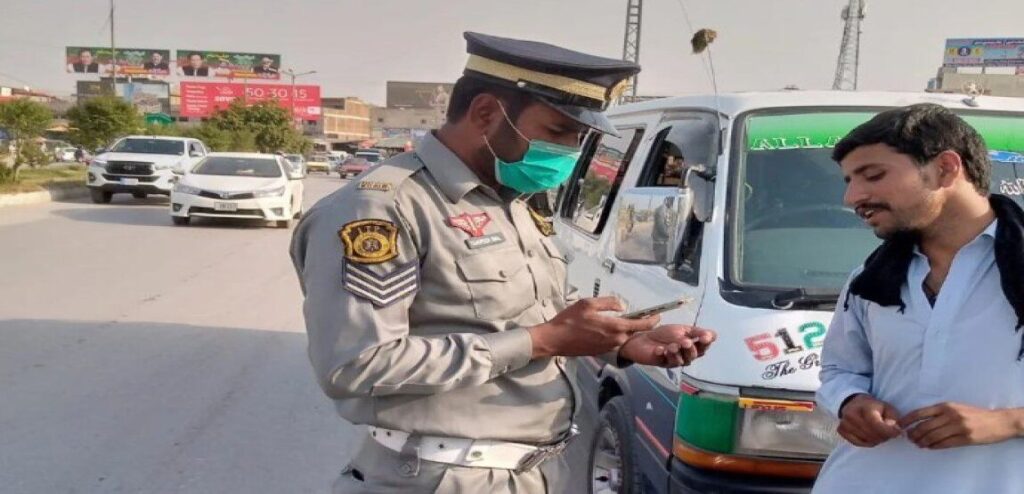Driving in Pakistan can be busy and full of surprises. Roads are shared by cars, bikes, trucks, and people walking. To stay safe, every driver needs to know the basic rules. This post covers Pakistan road rules with a focus on right-of-way and speed limits. These rules help prevent crashes and keep traffic moving. If you are a new driver or visiting, this guide will help you understand what to do on the road.
Knowing Pakistan road rules is key for safe trips. Right-of-way tells you who goes first at crossings. Speed limits set how fast you can go on different roads. Breaking these can lead to fines or worse. We will look at the rules step by step. You will learn about limits for cities, highways, and more. We will also talk about giving way to others and why it matters.
This guide draws from traffic laws in Pakistan. Rules come from places like the Provincial Motor Vehicles Ordinance. Each province has similar rules, but some details vary. Always check local signs for changes.
Basic Driving Rules in Pakistan
Pakistan drives on the left side of the road. This means you pass on the right. If you come from a country that drives on the right, take time to adjust. The driver’s seat is on the right in cars.
You need a valid license to drive. The minimum age is 18 for cars and bikes. Foreign visitors can use an international permit for a short time. All vehicles must have third-party insurance. This covers damage to others in a crash.
Seat belts are required for front seats. Helmets are a must for bike riders and passengers. Kids under 12 need child seats. Do not drive after drinking alcohol. The limit is very low, at 0.02% blood alcohol. Drugs are also banned while driving.
Road signs are in English and Urdu. Stop signs are red octagons. Yield signs are triangles. Follow them to avoid trouble.
Traffic lights work like this: red means stop, yellow means get ready, green means go. At busy spots, police may direct traffic. Always listen to them.
These basics set the stage for more rules like speed and right-of-way.
Speed Limits in Pakistan: What You Need to Know
Speed limits are a big part of Pakistan road rules. They change based on the road type and vehicle. Going too fast is a common cause of crashes. Limits help keep everyone safe.
In cities, the limit is often 50 km/h for cars. This is for areas with people, shops, and side streets. For bikes and heavy trucks, it can be lower, around 40 km/h. Signs show the exact limit. In Lahore or Karachi, you might see 60 km/h on main roads.
On rural roads, limits go up. Secondary roads allow 80 km/h for cars. Tertiary roads might be 60-70 km/h. These roads have fewer stops but more curves. Slow down for villages or animals.
Highways have higher limits. National highways like the N-5 let cars go 100 km/h. Trucks are capped at 80 km/h. Always watch for signs, as limits can drop near towns.
Motorways are the fastest. The M-2 from Lahore to Islamabad allows 120 km/h for light vehicles like cars. Heavy trucks are limited to 90 km/h. Bikes are not allowed on motorways. The minimum speed is 65 km/h to keep traffic flowing.
Different vehicles have different rules. Light transport vehicles (LTV) like small vans follow car limits. Heavy transport vehicles (HTV) like buses and trucks must stay slower. For example, on motorways, HTV max is 90 km/h. Buses can’t overtake other vehicles.
Why do these limits matter? High speed makes stopping harder. At 100 km/h, you need more space to brake. In rain or fog, slow down even if below the limit. Crashes at high speeds hurt more.
Common mistakes include ignoring signs. Some drivers think empty roads mean no limits. But cameras and police check speeds. Fines start at 500 rupees and go up.
Provinces set their own details. In Punjab, urban limits are 50-60 km/h. Sindh is similar. Khyber Pakhtunkhwa has lower limits in hills, around 40-50 km/h on twists.
School zones drop to 30 km/h. Near hospitals or markets, expect 40 km/h. Always look for signs.
To follow speed limits, use your speedometer. Cruise control helps on long drives. Plan trips to avoid rushing. If tired, pull over.
Speed limits save lives. They reduce crash risks by giving time to react. In Pakistan, where roads mix fast and slow traffic, sticking to limits is smart.
Right-of-Way Rules in Pakistan: Who Goes First?
Right-of-way is another key part of Pakistan road rules. It decides who moves first at spots where paths cross. Knowing this prevents mix-ups and crashes.
At intersections without lights, give way to traffic on your right. This is the basic rule. If two cars arrive at the same time, the one on the right goes first.
Roundabouts follow the same idea. Yield to cars already in the circle. Enter from the left and go clockwise. Signal your exit.
Pedestrians have right-of-way at crosswalks. Stop if someone is crossing. This includes zebra lines. Be extra careful near schools or bus stops.
Emergency vehicles always get right-of-way. Ambulances, fire trucks, and police with sirens go first. Pull over to the left and let them pass.
At T-junctions, the main road has priority. If on a side road, wait for a gap.
Trucks and buses must yield to smaller vehicles in some cases. But all drivers should watch out.
In cities, traffic police may override rules. Follow their hand signals.
Why is right-of-way important? It keeps order. Without it, crossings become chaotic. Many crashes happen when drivers don’t yield.
Common errors include not stopping at stops. Or cutting in front of others. This leads to sideswipes.
To handle right-of-way, slow down at crossings. Look left and right. Use mirrors. Signal turns early.
In rural areas, animals or carts may cross. Give them space.
Right-of-way rules make roads fair. They protect weak users like walkers and cyclists.
Overtaking and Lane Rules
Overtaking ties into speed and right-of-way. In Pakistan road rules, pass on the right. Check mirrors first. Signal before moving.
Do not overtake at bends, hills, or crossings. Wait for a straight, clear road.
Heavy vehicles stay in the left lane. They can’t pass others unless safe.
Lane changing needs signals. Don’t weave through traffic.
On multi-lane roads, use the right lane for faster speeds. Left for slow.
Breaking these can cause rear-end crashes.
Signals and Signs
Signs guide you on speed and right-of-way. Blue signs give info. Red ones warn or ban.
Signals include horns and lights. Horn only when needed. Flash lights to warn.
At night, use low beams in cities. High beams on dark roads, but dip for oncoming cars.
Penalties for Breaking Rules
Fines keep drivers in check. Speeding costs 500-2000 rupees. Not yielding right-of-way is 300-1000 rupees.
Repeat offenses can suspend your license. Jail for drunk driving.
Police use cameras on motorways. Pay fines quick to avoid more fees.
Urban vs Rural Differences
Cities have more lights and signs. Limits are low due to crowds.
Rural roads have fewer controls. Watch for potholes and livestock.
Hills need low gears. Slow on descents.
Provinces like Balochistan have vast roads. Limits high but enforce strictly.
Rules for Bikes and Trucks
Bikes follow car rules but slower. No motorways.
Trucks have load limits. Mark overhanging loads with flags.
Buses stop at boxes. No overtaking.
How Rules Are Enforced
Police patrol roads. Motorway police are strict.
Cameras catch speeders.
Public campaigns teach rules.
Report bad drivers to helplines.
Why Follow Pakistan Road Rules?
Rules like speed limits and right-of-way cut crashes. They save time and fuel.
Safe driving sets a good example.
In a country with growing traffic, rules matter more.
For more information visit Traffic signs test.
Conclusion
Pakistan road rules on right-of-way and speed limits are simple but powerful. Stick to 50 km/h in cities, 120 on motorways. Yield to the right and pedestrians. These keep you safe.
Drive with care. Share the road. Safe journeys to all.


